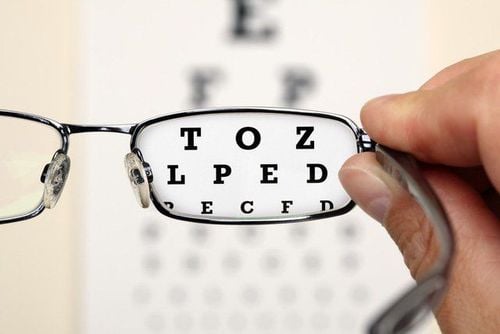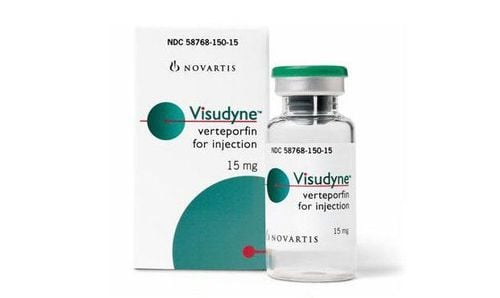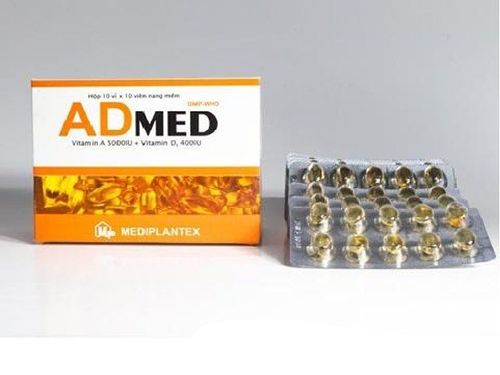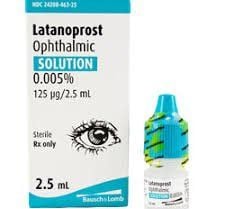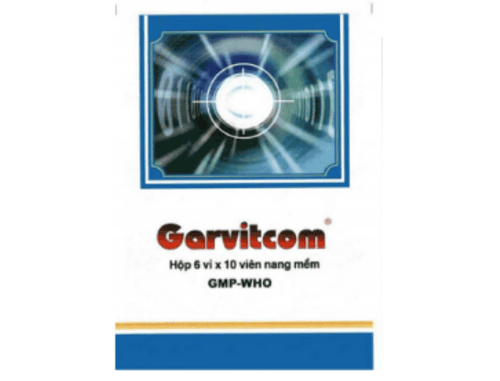This is an automatically translated article.
Mydroscopy (English is retinoscopy or skascopy) is a technique to objectively determine the refractive error of the eye (farsightedness, nearsightedness, astigmatism) and the need for corrective lenses. This test is an important step in an eye exam and can be quick, easy, accurate, reliable, and requires minimal patient cooperation.
1. What is pupillography?
Mydroscopy is a test of retinal function to provide an objective measurement of refractive error. This procedure is performed by an optometrist during routine eye exams to determine if the patient has nearsightedness, farsightedness, or astigmatism. From there, the results of the pyloroscope provide the eye doctor to evaluate the indication for wearing corrective lenses if the right eye is correct.
2. Indications for the performance of mydroscopy
Pupiloscopy is usually performed during routine eye exams to determine if the eyes have any refractive errors and if corrective lenses are needed to achieve clear vision.
Because it is an objective procedure and does not require the patient's physical symptoms, mydroscopy is often used to diagnose vision problems in children and those who are not able to do so. communicate effectively.
In some cases, myography may be the only examination needed, especially if the patient has blepharospasm and is still able to see better without prescription glasses or contact lenses. However, if refractive errors are detected, myopia still needs to be combined with other subjective tests to determine the accuracy of the prescription for the lens correction necessary to achieve visual acuity. clear without causing discomfort to the patient.
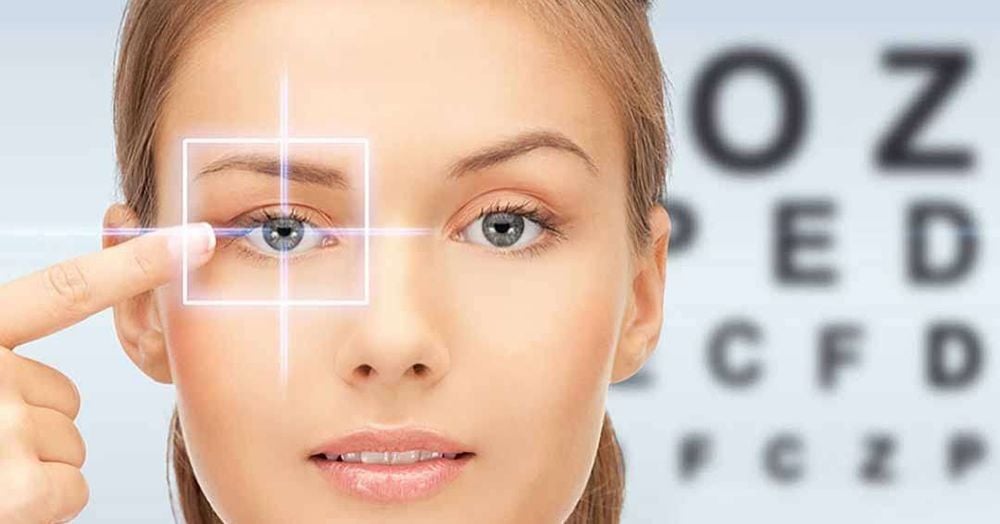
Soi bóng đồng tử thường được thực hiện trong quá trình khám mắt định kỳ.
3. How is a pupillary scan performed?
Pupiloscopy is usually done with an instrument called a retinal microscope. A retinal lens consists of a light source, a condensing lens that focuses the light, and a mirror. During an eye exam, an ophthalmologist or ophthalmologist uses a retinal lens to shine light through the iridotoscope, then moves the light vertically and horizontally through each eye and observes how the light reflected from the retina.
The mechanism of reflected light will determine whether the patient can see clearly or suffer from nearsightedness, farsightedness or astigmatism. To do this, the patient will be placed in a dark or dim room and must follow the doctor's instructions to look directly into the eye while shining a light into the eye and focus on the light being seen. . At this point, the retinal lens transmits a beam of light into the eye, and red or orange light is reflected through the pupil and out of the patient's retina. This beam of light will be used to determine the focal length, or to put it more simply, to calculate the exact angle of refraction of light from the retina that indicates how well the eye focuses. In case the doctor finds that the eyes are not focusing well, the patient will be given several lenses with different prescriptions in front of the eyes to see which index corrects the vision best to decide to correct the disability. acquired refraction.
In some cases, where myography is difficult to stimulate dilation, the pupil of the eye may be dilated before the procedure. When the eye is dilated, the ability to focus is temporarily limited and the pupils large, making it easier for the doctor to see how the light is reflected and able to make a more accurate diagnosis.
Accordingly, the method of pupillary scintigraphy, which requires the use of a pupil dilator, is commonly applied to children. Children's eyes are often the object of need to dilate to reflect the pupil. Furthermore, for accurate pupillary scintigraphy, the infant needs to be able to cooperate with the examiner's light for a period that varies from a few seconds to a few minutes. Most children, including newborn eye exams, can look at light long enough to allow a successful retinal endoscopy without the need for anesthesia. However, in some cases, general anesthesia may be necessary if the child does not look at the light for the time required to perform the iridotomy.

Soi bóng đồng tử thường được thực hiện bằng kính hiển vi võng mạc
4. Are there other eye exams that can be used as an alternative to mydroscopy?
Automatic refraction and subjective refraction are different techniques used when eye exams identify refractive errors.
Of these, autorefraction is determined by a pupillary microscope, linked to analysis by a computer device. This method can be accurate but requires the subject to stand still and look at the target for a few seconds to get an accurate measurement.
In contrast, subjective refraction is a method that can be used to refine the results of autorefraction through pupillary scintigraphy. Subjective refractive error entails an eye exam that tells the examiner which of the lens options offers the clearest vision. In some cases, subjective refraction can be substituted for mydroscopy, but a relative value must be accepted and is of only temporary effect when adequate means of ophthalmology are not available.
In a nutshell, mydroscopy is a step in the eye exam, helping to detect acquired refractive errors and plan treatment. Because of the requirements for objectivity in this technique, patients need to know how to cooperate, sometimes requiring the use of a pupil dilator, especially in children. However, if a refractive error is determined, myopia still needs to be combined with subsequent subjective refraction in order to prescribe the correct prescription lenses for the patient.
If you are experiencing vision problems, go to a medical facility immediately to be examined and treated by doctors as soon as possible. Currently, Vinmec International General Hospital has vision-related service packages such as:
Refractive error screening package Cataract surgery consultation and examination package Ortho-K package All questions need to be asked by a doctor Answering specialists as well as customers wishing to examine and treat at Vinmec International General Hospital, please book an appointment on the website for the best service.
Please dial HOTLINE for more information or register for an appointment HERE. Download MyVinmec app to make appointments faster and to manage your bookings easily.




